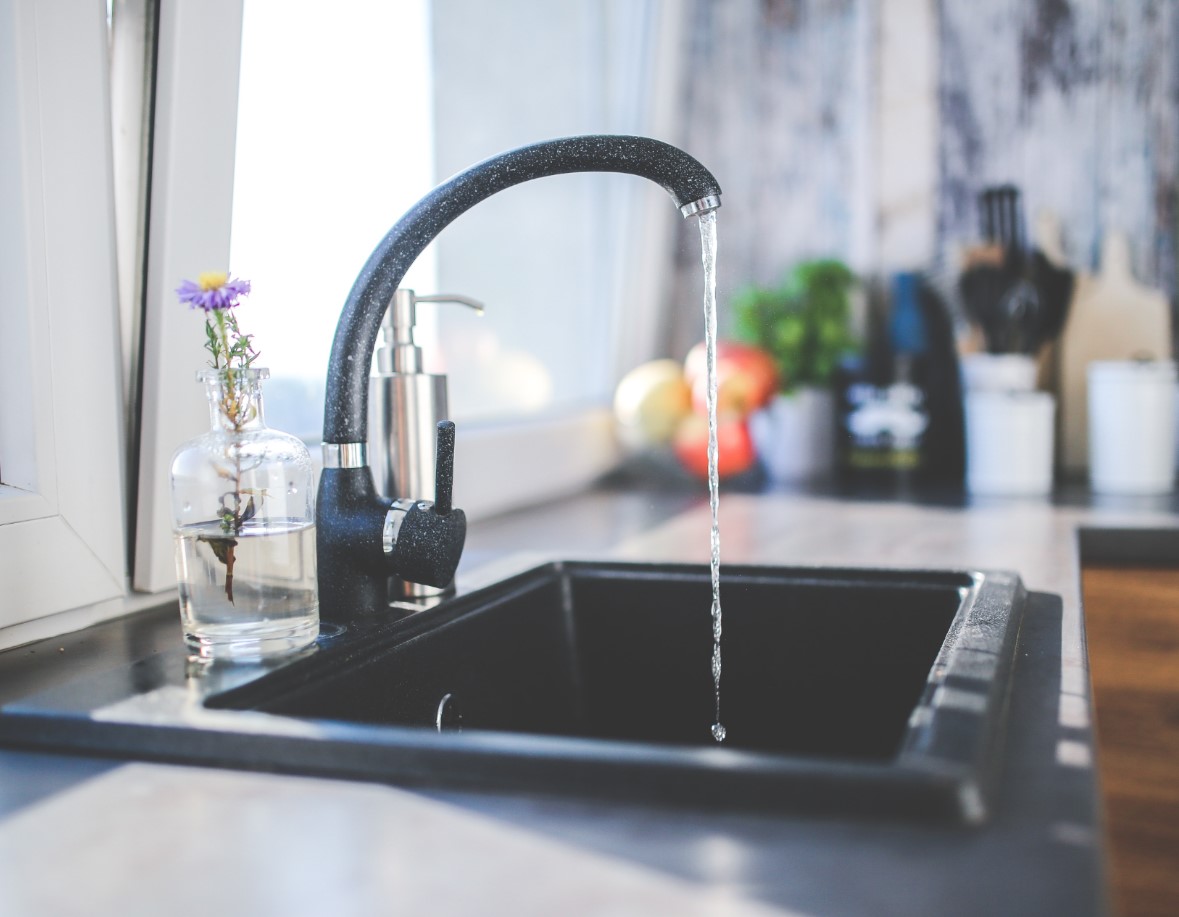Are You Applying for a Reverse Mortgage? Here Are 3 Considerations You’ll Need to Make
 If you’re a homeowner who is looking to tap in to the home equity that you’ve spent years building you may be interested in a “reverse mortgage” or “home equity conversion mortgage”. While these unique financial tools aren’t for everyone, if you qualify for a reverse mortgage you’ll find that this might be the perfect financial solution which allows you to pay off your existing mortgage, or for some other regular expenses that you have.
If you’re a homeowner who is looking to tap in to the home equity that you’ve spent years building you may be interested in a “reverse mortgage” or “home equity conversion mortgage”. While these unique financial tools aren’t for everyone, if you qualify for a reverse mortgage you’ll find that this might be the perfect financial solution which allows you to pay off your existing mortgage, or for some other regular expenses that you have.
Let’s take a closer look at how reverse mortgages work, including how to qualify, what happens to your existing mortgage and what a reverse mortgage might cost.
Do You Meet the Requirements for a Reverse Mortgage?
In short, a reverse mortgage is a type of home loan in which the lender pays you monthly payments or a lump sum based on the equity that you’ve built up in your home. At some point in the future – when you move out of the home, or pass away – the reverse mortgage loan will become payable.
As mentioned above, reverse mortgages aren’t for everyone. You’ll need to be at least 62 years of age and be a homeowner who has enough equity built up in your home to qualify. You’ll also need to understand that your lender will scrutinize your current financial position to ensure that you can keep up with property taxes and other regular costs that you may incur.
What Happens to Your Existing Mortgage?
If you have a regular mortgage it’s still possible to qualify for a reverse mortgage, but you’ll need to use some of the proceeds to pay off your existing mortgage. For example, if you have $50,000 owing on your mortgage and you receive a reverse mortgage for $100,000, you can pay your initial mortgage off and still have $50,000 to use as you see fit.
Do You Know What a Reverse Mortgage Costs?
Keep in mind that like a traditional mortgage, a reverse mortgage has costs attached. You’ll need to pay mortgage insurance premiums, service fees, lender fees and other third-party fees that are typically referred to as “closing costs”.
Learn More About Your Reverse Mortgages Options
A reverse mortgage can be an excellent way to take advantage of the equity that is currently locked up in your home. To learn more about reverse mortgages, contact your local mortgage professional and they’ll be able to share their guidance and expertise.

 During the past few months, many people have been stuck at home. Whether this involves working from home or going to school from home, many home appliances are receiving more use than usual.There might be more breaks, clogs, and leaks than most families are used to dealing with.
During the past few months, many people have been stuck at home. Whether this involves working from home or going to school from home, many home appliances are receiving more use than usual.There might be more breaks, clogs, and leaks than most families are used to dealing with. For those who are looking to buy a home, they know that this is one of the most exciting experiences in the world. There is something special that comes with looking at a bunch of homes and envisioning a life there. On the other hand, the prospect of saving 20 percent of the home’s value to put down might seem overwhelming. Fortunately, there are a few creative ways that people can save up enough money to purchase their starter dream home.
For those who are looking to buy a home, they know that this is one of the most exciting experiences in the world. There is something special that comes with looking at a bunch of homes and envisioning a life there. On the other hand, the prospect of saving 20 percent of the home’s value to put down might seem overwhelming. Fortunately, there are a few creative ways that people can save up enough money to purchase their starter dream home.